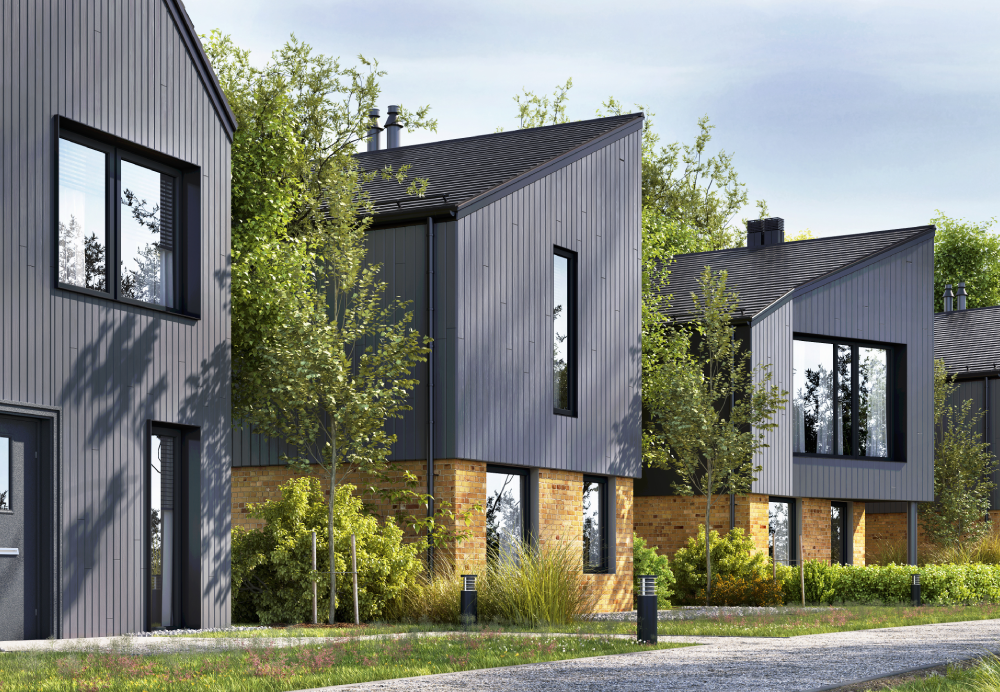
Affordable Housing Through Modular Construction: A Viable Solution
In the contemporary quest to alleviate housing shortages, affordable housing through modular construction is increasingly becoming a compelling option. Modular construction offers a promise of quality, speed, and sustainabilityelements critical to addressing the global housing crisis. By assembling pre-fabricated modules that form complete buildings, this method provides affordable, efficient solutions that are transforming housing landscapes around the world.
The journey towards affordable housing through modular construction involves not just cost efficiency but also a commitment to sustainability and architectural innovation. This article delves into the essence of modular construction and its ability to deliver real results for those in need of affordable housing.

Understanding Modular Construction
Modular construction is a method of building that involves the prefabrication of structures in a controlled factory setting, before being transported and assembled on-site. This technique, though not new, is gaining traction due to advancements in technology and the pressing demands for efficient housing solutions.
Advantages of Modular vs. Traditional Construction
One of the most significant advantages of modular homes over traditional building methods is the reduction of on-site construction time. With modules built in factories, weather delays are minimized, reducing potential costs and ensuring faster project completion.
Cost-Effective Building
The potential for cost savings is another vital component. Modular construction allows for bulk purchasing of materials and economies of scale, which can drastically cut down the overall costs compared to conventional construction projects.
Environmental Benefits
Modular construction not only saves money but also reduces environmental impact, making it a sustainable choice for creating affordable housing. The controlled factory environment minimizes waste during the building process and uses resources more efficiently.
Low Carbon Emissions
With reduced transportation needs and streamlined processes, modular building can significantly lower carbon emissions. Learn more about the low-carbon solutions available.
Challenges Facing Modular Construction
While modular construction presents numerous advantages, it is not without challenges. The initial investment for factories and technology can be high, and there is a learning curve for traditional construction companies adapting to this method.
Market Perception
Another hurdle is the market’s perception of modular homes as being less durable or lower quality. However, modern modular homes boast exceptional standards and longevity, dispelling many of these myths.
Future of Modular Construction in Affordable Housing
The future of modular construction looks promising as innovation continues to push the boundaries of what’s possible. Enhanced design capabilities and digital planning tools are helping to address aesthetic and functional concerns.
According to [Make UK report], modular methods are pivotal in addressing the housing crisis efficiently while reducing the environmental footprint.
Conclusion
Embracing affordable housing through modular construction presents a feasible path forward in the ongoing battle against the housing deficit. Its blend of cost efficiency, speed, and environmental responsibility make it a particularly appealing solution for developers and governments alike.

FAQs
What is modular construction?
Modular construction involves assembling prefabricated modules to create a full building. This process is efficient and often more cost-effective than traditional methods.
How does modular construction benefit the environment?
It reduces waste, requires fewer resources, and cuts down on carbon emissions by minimizing transport and optimizing construction methods.
Is modular construction sustainable in the long term?
Yes, modular construction is designed with sustainability as a key factor, focusing on efficient resource use and reducing the overall environmental impact.
This article contains affiliate links. We may earn a commission at no extra cost to you.